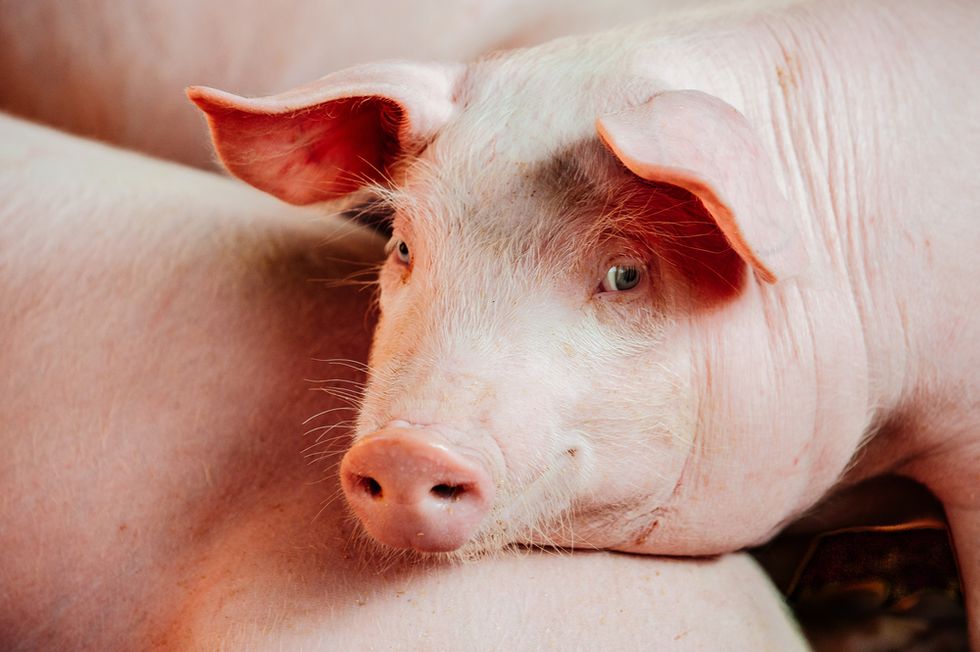
Photo credit: Shutterstock

WELLINGTON, New Zealand (TheBlaze/AP) -- To better understand what happens to humans when they're shot in the head, researchers from New Zealand completed a study in which they shot live pigs.

On Wednesday, an animal rights group contended that these researchers, which secured live pigs to a surgical table and shot them in the head with a pistol to study blood-spatter patterns, acted cruelly and urged them to end such experiments.
But the government-funded Institute of Environmental Science and Research said the pigs were sedated and treated humanely. The scientists said their analysis is important in understanding human shooting deaths and could help in criminal cases.
The study, published in July in the International Journal of Legal Medicine, involved researchers from the institute as well as two public New Zealand universities. It describes how five pigs were shot from close range with a Glock semi-automatic handgun to record the back-spatter of blood, bone and brain material.
The group People for the Ethical Treatment of Animals said the experiment was unnecessary because pigs are fundamentally different from humans and better results could be achieved using mannequins or computer modeling.
"These incredibly violent experiments are entirely indefensible, given their cruelty, inapplicability to humans and the superior non-animal research methods that are available," said Justin Goodman, the animal rights group's U.S. director of laboratory investigations.
The group has sent letters to the institute as well as the University of Otago, where the study was conducted, and the University of Auckland, which contributed research, urging them to stop such experiments.
Goodman said using live animals for forensic science experiments is not as common as it used to be.
Keith Bedford, the general manager responsible for forensic science activities at the institute, said that it uses models and simulations wherever possible, but that in this particular experiment could not get the results it needed any other way.
"It goes to the ability to provide reliable, and the most informative, evidence in a court case," he said. "It may be critical in protecting someone's liberty."
According to the abstract of the study, the research was meant to examine the "biomechanical basis for backspatter" of gunshot wounds to the head:
Five live pigs and several slaughtered pigs were shot using either 9 × 19 mm, 115 grain, full metal jacketed ammunition or .22 long rifle, 40 grain, lead, round-nose ammunition. A high-speed camera was used to record the entrance wound formation and backspatter. A small amount of backspattered material was produced with all targets, and blood backspatter was seen in a few cases. However, we conclude that our model provides an understanding of the phenomenon of backspatter and the physical mechanisms associated with it. The various components of the mechanism of backspatter formation are complex and overlap. The principle mechanism observed in pig cranial gunshots was the high-speed impact response of the skin overlying the skull bone. This study has also produced evidence supporting the view that backspatter can result from the splashing of superficial blood if it is already present on the skin. Subcutaneous gas effects have been demonstrated for backspatter from contact shots. There has been no clear evidence of the role of the collapse of a temporary cavity within the brain.
Bedford said the organization had no plans to carry out similar experiments using live animals, a point that the animal rights group welcomed.
—
Front page image via Shutterstock.